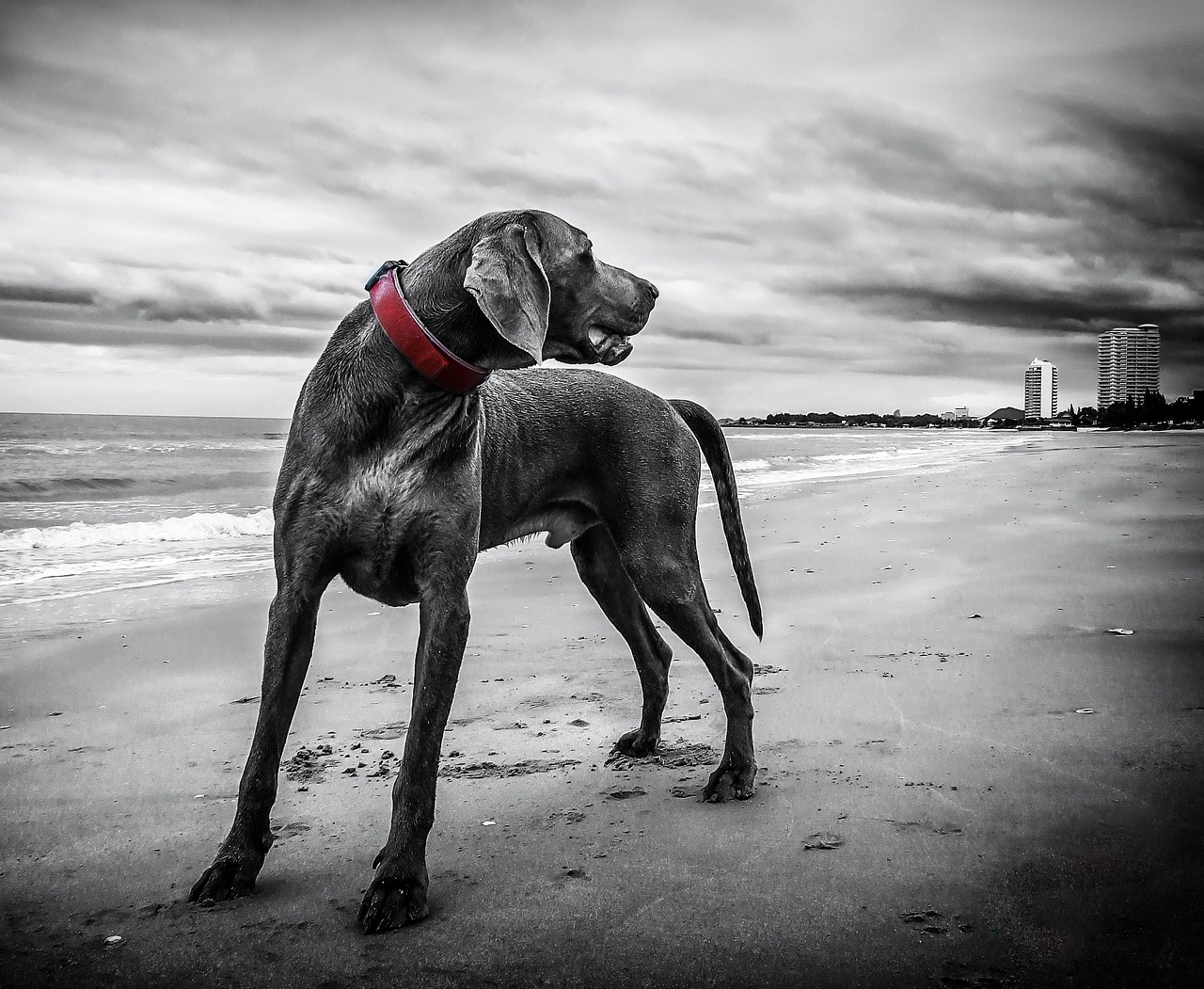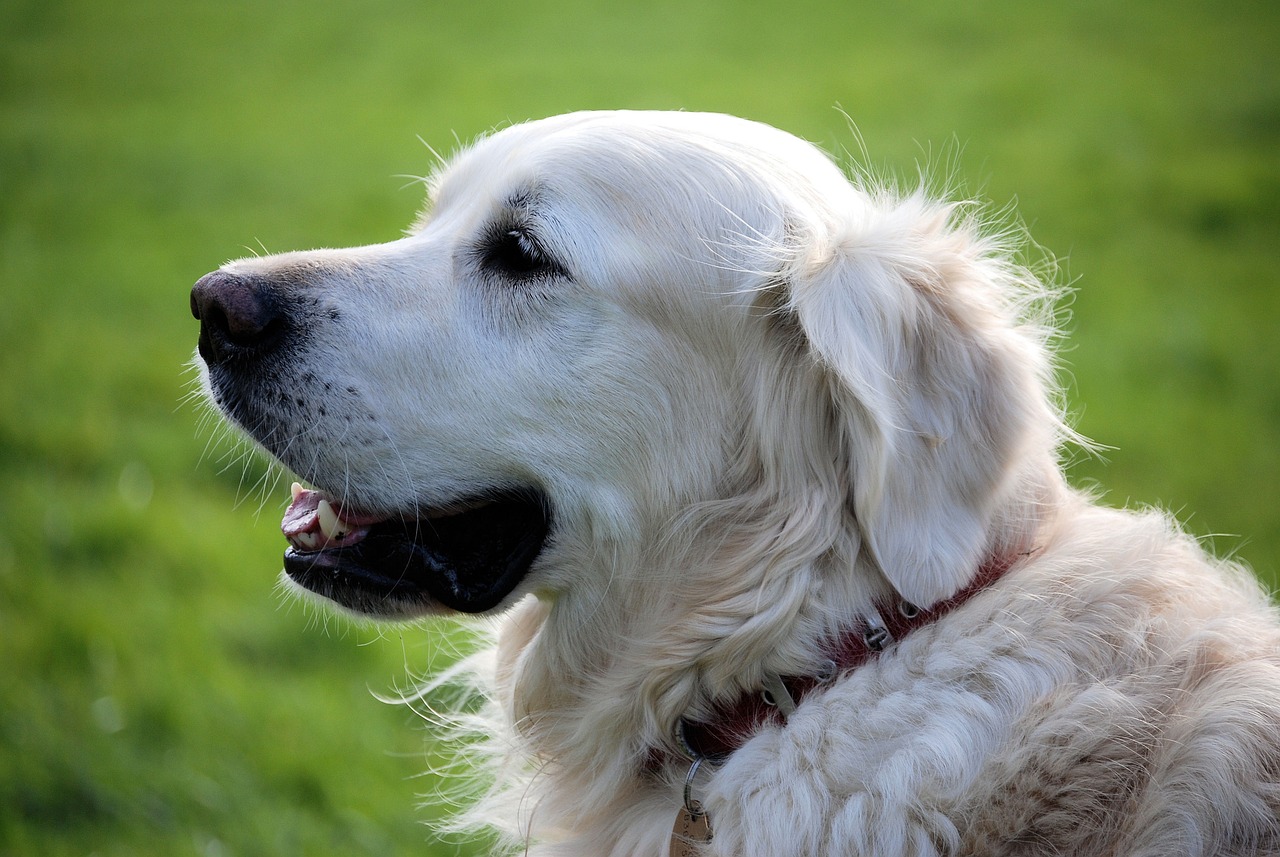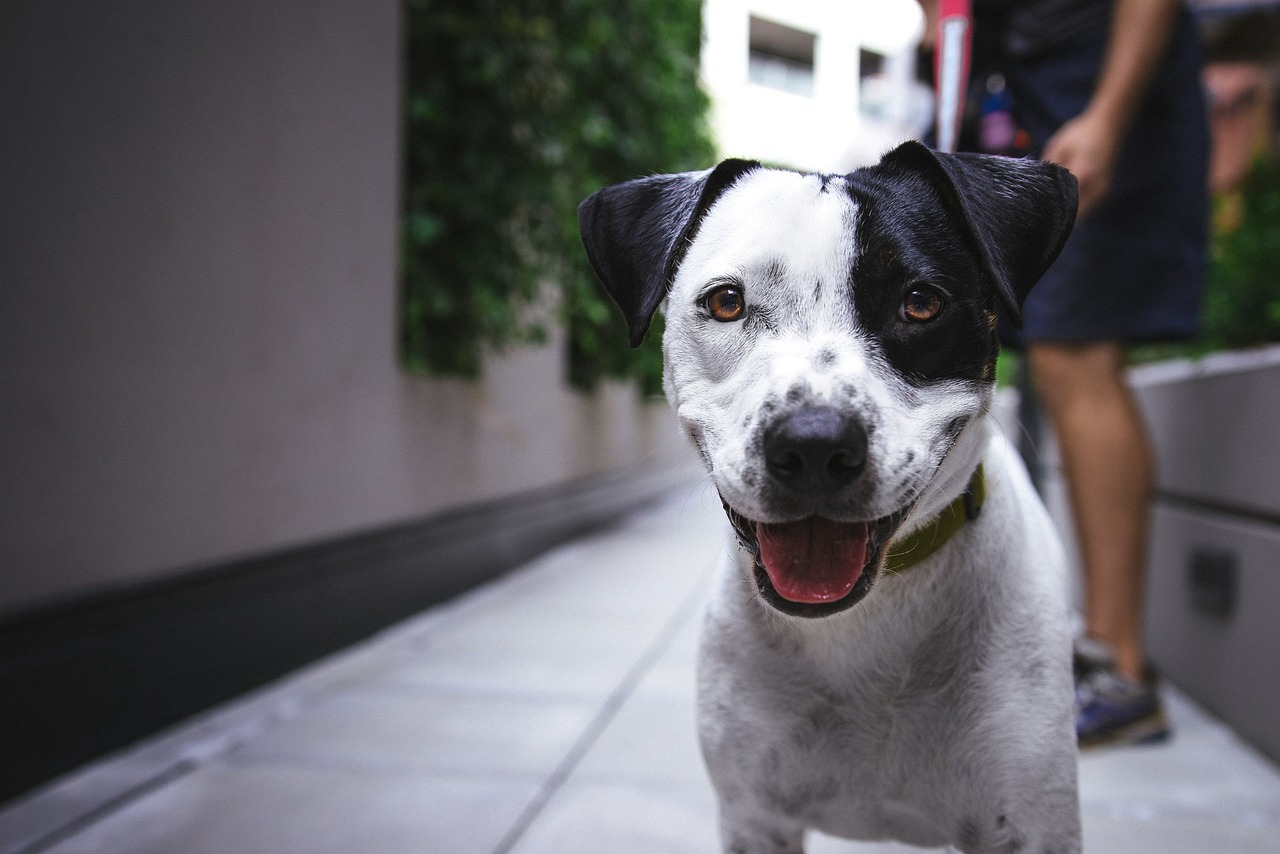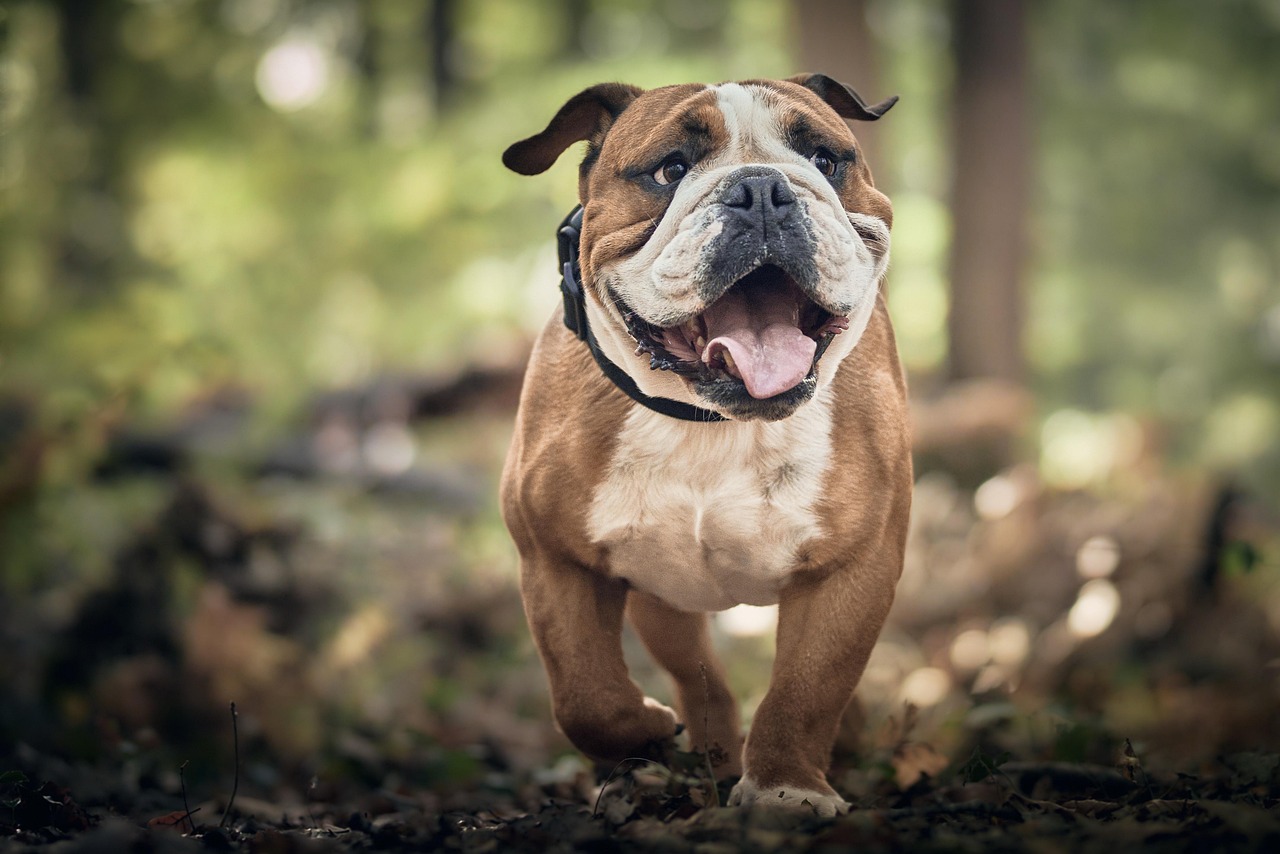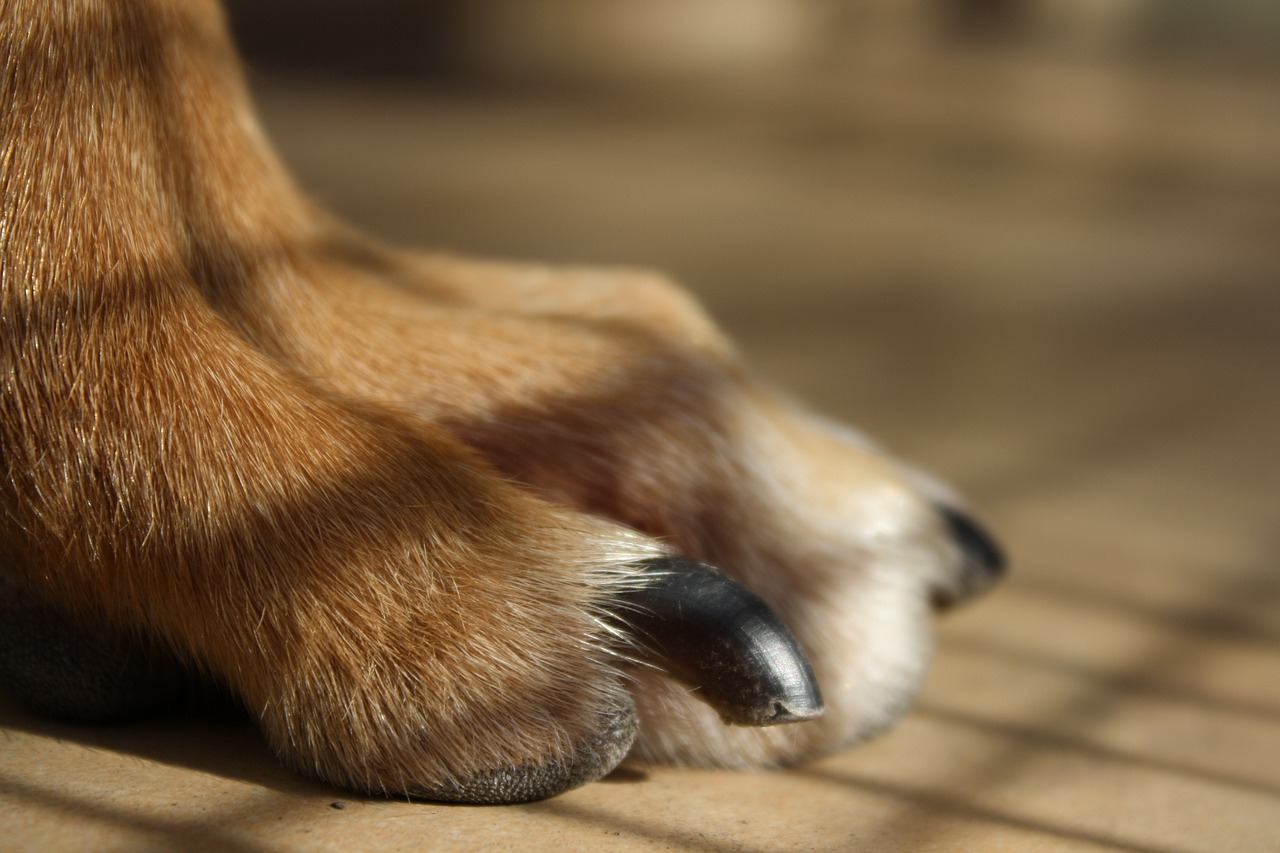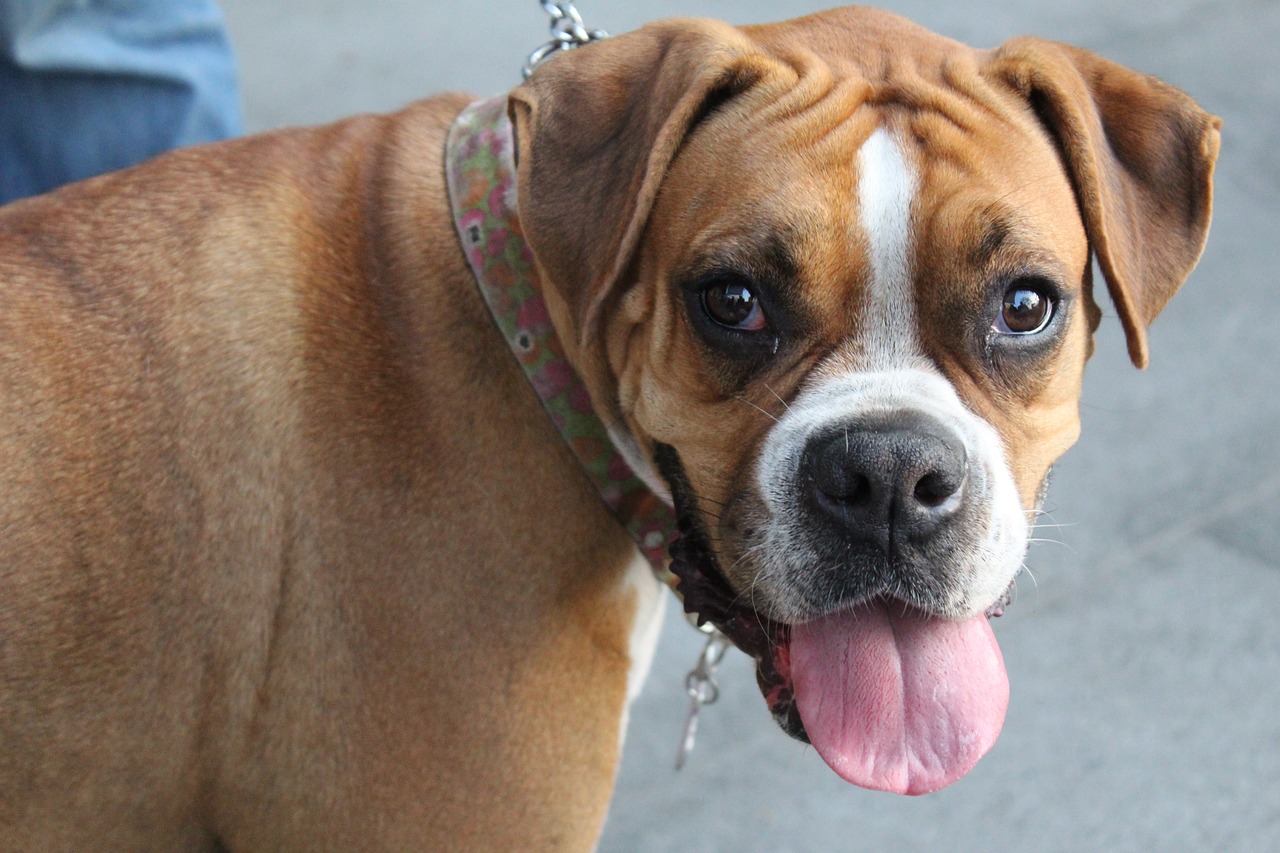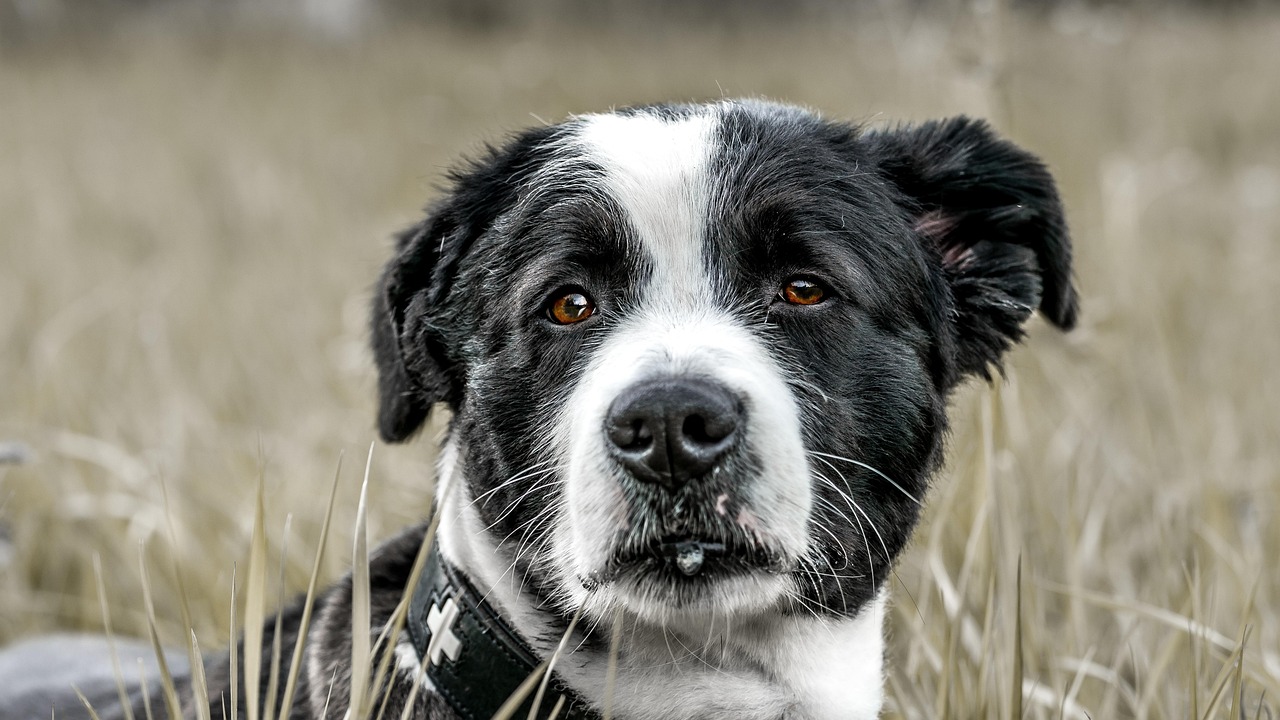This article explores effective practices for dressing dog bite wounds, ensuring proper healing and minimizing complications. We cover types of dressings, cleaning techniques, and when to seek veterinary care.
Understanding Dog Bite Wounds
Dog bite wounds can vary significantly in severity and type. From minor punctures to deep lacerations, recognizing the classification of the wound is essential for determining the appropriate treatment. Minor wounds may heal with basic care, while more severe injuries require professional intervention.
Signs of Infection in Dog Bite Wounds
- Redness around the wound
- Swelling that does not subside
- Discharge that is cloudy or foul-smelling
Identifying these symptoms early is crucial in managing dog bite wounds effectively and preventing serious complications.
Common Symptoms of Infection
- Increased pain
- Warmth around the wound
- Fever
Recognizing these early signs can help in preventing further complications and promote faster recovery.
When to Seek Veterinary Care
It is vital to know when to consult a veterinarian. If symptoms worsen or do not improve within a few days, professional intervention is necessary to address potential infections or complications.
Home Care vs. Professional Care
Understanding the difference between home care and professional care is essential. While minor wounds may heal at home with proper care, more severe injuries require veterinary expertise for effective treatment.
First Aid for Dog Bite Wounds
Administering first aid correctly can significantly affect healing. Proper cleaning and dressing techniques are crucial in preventing infections and promoting recovery.
Choosing the Right Dressing for Dog Bite Wounds
Selecting an appropriate dressing is essential for effective healing. Various options exist, each with unique benefits suited for different types of wounds.
Types of Dressings Available
- Gauze: Ideal for absorbing exudate.
- Hydrocolloid: Great for maintaining moisture.
- Silicone dressings: Gentle on the skin and minimize trauma.
How to Apply a Dressing Effectively
Applying a dressing correctly ensures it adheres properly and protects the wound. Techniques for securing dressings without causing additional trauma are essential for effective healing.
Maintaining Hygiene During Wound Care
Maintaining hygiene during wound care is crucial to prevent infections. Proper handwashing and using sterile materials can significantly impact the healing process.
Cleaning Techniques for Dog Bite Wounds
Effective cleaning techniques involve using saline solutions or mild antiseptics. Understanding how to clean the wound properly can prevent complications and promote healing.
Post-Care Monitoring of the Wound
Monitoring the wound post-care is essential for identifying signs of healing or complications. Regular checks can help ensure the wound is healing correctly and without infection.
Conclusion: Ensuring Proper Healing of Dog Bite Wounds
In conclusion, following best practices for dog bite wound dressing is vital for proper healing. Understanding the signs of infection, first aid techniques, and when to seek veterinary care can make a significant difference in the recovery process.

Understanding Dog Bite Wounds
Dog bite wounds can present a range of severity levels and types, each requiring specific attention and care. Recognizing these classifications is essential for determining the appropriate treatment and ensuring effective healing.
Dog bite wounds are generally categorized into three types:
- Superficial Wounds: These affect only the outer layer of skin and are typically less severe. They may bleed slightly but usually heal quickly with proper care.
- Partial Thickness Wounds: These penetrate deeper into the skin, affecting the dermis. They may require more extensive cleaning and a suitable dressing to prevent infection.
- Full Thickness Wounds: These are the most severe, extending through the skin and into underlying tissues, muscles, or even bones. They often necessitate professional veterinary care due to the high risk of complications.
When assessing a dog bite wound, it is crucial to consider factors such as:
- Size and Depth: Larger and deeper wounds are more prone to infection and may require stitches.
- Location: Wounds on joints or areas with high movement may heal poorly if not managed correctly.
- Time Since Injury: Wounds that are older may have a higher risk of infection, necessitating immediate veterinary evaluation.
Recognizing the type of wound is vital for determining the appropriate treatment. For example, while superficial wounds may only need basic first aid, partial and full thickness wounds often require professional assessment and intervention.
In conclusion, understanding the different classifications of dog bite wounds is essential for providing the best possible care. This knowledge aids in effective healing and minimizes the risk of complications.

Signs of Infection in Dog Bite Wounds
Recognizing the signs of infection in dog bite wounds is essential for effective management and recovery. When a dog suffers a bite, the risk of infection increases due to the introduction of bacteria into the wound. Prompt identification of these symptoms can significantly impact the healing process and prevent serious complications.
- Redness: One of the first indicators of infection is increased redness around the wound. This is often a sign that the body is responding to an infection.
- Swelling: If the area around the bite becomes swollen, it may indicate inflammation and the presence of infection.
- Discharge: The presence of pus or other discharge is a clear sign of infection. This may vary in color and consistency, and any unusual discharge should prompt immediate veterinary attention.
- Increased Pain: If the dog shows signs of increased pain or discomfort when the area is touched, this may indicate an infection that requires treatment.
- Warmth: The affected area may feel warmer than the surrounding skin, a common sign of inflammation and infection.
- Fever: A systemic response to infection can manifest as a fever. If your dog feels unusually warm or lethargic, it is crucial to consult a veterinarian.
Being vigilant for these symptoms allows pet owners to take proactive steps in managing their dog’s health. If any of these signs are observed, it is important to seek immediate veterinary care to address potential infections. Early intervention can make a significant difference in the healing process and overall recovery.
In conclusion, understanding the signs of infection in dog bite wounds is vital. By monitoring for symptoms such as redness, swelling, discharge, and increased pain, pet owners can ensure their furry companions receive the necessary care to promote healing and prevent complications.
Common Symptoms of Infection
When dealing with dog bite wounds, it is essential to be vigilant for signs of infection. Early detection can significantly influence the healing process and prevent serious complications. Below, we outline the that pet owners should be aware of.
- Increased Pain: One of the first signs that a wound may be infected is a noticeable increase in pain. If the pain escalates rather than diminishes over time, it may indicate an underlying infection.
- Warmth Around the Wound: An infected area may feel warm to the touch. This warmth is a response of the body’s immune system working to fight off the infection.
- Redness and Swelling: The skin surrounding the wound may become red and swollen. This inflammation is a sign that the body is reacting to an infection.
- Fever: An elevated body temperature is a systemic response to infection. If your dog exhibits signs of fever, such as lethargy or decreased appetite, it’s crucial to seek veterinary care.
- Discharge: The presence of pus or other abnormal discharge from the wound is a clear indicator of infection. This can be accompanied by a foul odor.
Recognizing these symptoms early can prevent further complications and promote faster recovery. If you notice any of these signs, it is vital to consult with a veterinarian as soon as possible. They can provide the necessary treatment to address the infection and ensure proper healing of the wound.
In summary, being aware of the common symptoms of infection, such as increased pain, warmth, redness, fever, and discharge, is crucial for the health of your dog. Timely intervention can make a significant difference in the healing process.
When to Seek Veterinary Care
Understanding when to consult a veterinarian is crucial for the health and well-being of your pet. Dog bite wounds can lead to serious complications if not treated promptly and appropriately. It’s essential to monitor your pet closely after an injury, as early intervention can significantly improve outcomes.
Here are some key indicators that it’s time to seek professional help:
- Worsening Symptoms: If you notice that the wound is becoming increasingly painful, swollen, or red, it may indicate an infection or other complications.
- Persistent Discharge: Any pus or abnormal discharge from the wound is a clear sign that veterinary care is needed. This can suggest an underlying infection that requires medical treatment.
- Fever or Lethargy: If your dog is exhibiting signs of fever (elevated body temperature) or is unusually lethargic, these symptoms may indicate that the body is fighting an infection.
- Changes in Appetite: A sudden loss of appetite or refusal to eat can be a sign that your pet is in pain or unwell, necessitating a visit to the vet.
- Inability to Move: If your dog is limping or reluctant to use a limb due to pain from a bite wound, it’s essential to consult a veterinarian for a thorough examination.
In summary, timely veterinary intervention is vital for managing dog bite wounds effectively. If any of the above symptoms are observed, do not hesitate to contact your veterinarian. They can provide the necessary treatment to prevent further complications and ensure your pet’s recovery is as smooth as possible.
Home Care vs. Professional Care
Understanding the distinction between home care and professional veterinary care is crucial when dealing with dog bite wounds. While minor wounds can often be treated effectively at home, it’s important to recognize that more severe injuries necessitate the expertise of a veterinarian for proper treatment and care.
Home care typically involves basic first aid measures such as cleaning the wound, applying antiseptics, and using appropriate dressings. For minor wounds, this can be sufficient to promote healing. However, it is essential to monitor the wound closely for any signs of infection or complications, such as increased redness, swelling, or discharge. If any of these symptoms appear, it is critical to seek professional care.
On the other hand, professional care is necessary for more severe injuries, such as deep puncture wounds or lacerations that may require stitches or advanced treatment. Veterinarians possess the training and tools to properly assess the injury, provide pain management, and prevent complications that could arise from inadequate treatment at home.
In summary, while home care can be effective for minor wounds, understanding when to seek professional veterinary care is vital. Recognizing the severity of the injury and being vigilant about potential signs of infection can help ensure that your pet receives the appropriate care needed for optimal recovery.
| Home Care | Professional Care |
|---|---|
| Basic cleaning and dressing | Thorough examination and treatment |
| Monitoring for infection | Advanced care and pain management |
| Suitable for minor wounds | Necessary for severe injuries |
Ultimately, understanding the balance between home and professional care can lead to better outcomes for your pet’s health.
First Aid for Dog Bite Wounds
is a critical aspect of pet care that can greatly influence the healing process. Administering first aid properly not only helps to minimize pain and discomfort but also plays a pivotal role in preventing infections and promoting faster recovery. Understanding the right steps to take can make a significant difference in the outcome of a dog bite wound.
When a dog bite occurs, the first step is to assess the severity of the wound. Minor wounds may only require basic first aid, while deeper puncture wounds or lacerations may need professional veterinary care. Regardless of the wound’s severity, the following steps should be taken:
- Stay Calm: Keep yourself and the injured dog calm to reduce stress.
- Control Bleeding: Apply gentle pressure with a clean cloth or bandage to control any bleeding.
- Clean the Wound: Rinse the wound thoroughly with lukewarm water to remove dirt and debris. Avoid using hydrogen peroxide or alcohol as they can irritate the wound.
- Apply an Antiseptic: Use a pet-safe antiseptic solution to disinfect the area.
- Dressing the Wound: Cover the wound with a sterile dressing or bandage, ensuring it is secure but not too tight to restrict blood flow.
Monitoring the Wound is equally important. Regular checks for signs of infection such as increased redness, swelling, or discharge can help catch complications early. If any of these signs appear, seeking veterinary care promptly is essential.
In conclusion, proper first aid for dog bite wounds involves a series of steps that can significantly impact healing. By following these guidelines, pet owners can ensure their furry friends receive the best possible care and recovery.

Choosing the Right Dressing for Dog Bite Wounds
Selecting an appropriate dressing is crucial for ensuring effective healing of dog bite wounds. The right dressing not only protects the wound but also promotes optimal healing and minimizes the risk of complications. With various dressing options available, understanding their unique benefits is essential for different types of wounds.
Dog bite wounds can be classified into superficial, deep, and puncture wounds, each requiring specific care. For instance, superficial wounds may benefit from simple gauze dressings, while deeper wounds might require more advanced options like hydrocolloid or silicone dressings. Here’s a closer look at some common types of dressings:
| Type of Dressing | Benefits | Best Suited For |
|---|---|---|
| Gauze | Highly absorbent, allows for air circulation | Superficial wounds |
| Hydrocolloid | Moisture-retentive, promotes healing | Partial-thickness wounds |
| Silicone | Gentle on the skin, reduces pain upon removal | Fragile or sensitive skin areas |
When applying a dressing, it is important to ensure that it adheres properly without causing additional trauma to the wound. Techniques such as using a non-stick layer against the wound can help in preventing pain during dressing changes. Additionally, keeping the dressing clean and dry will further enhance the healing process.
In summary, the choice of dressing plays a significant role in the healing of dog bite wounds. By understanding the specific needs of the wound and selecting an appropriate dressing, pet owners can facilitate better recovery outcomes. Always consult with a veterinarian for tailored advice and treatment options.
Types of Dressings Available
When dealing with wounds, particularly those caused by dog bites, it is essential to choose the right dressing to promote healing and prevent infection. There are several types of dressings available, each designed to serve specific purposes based on the characteristics of the wound and its healing stage. Understanding these options can significantly impact recovery outcomes.
- Gauze Dressings: These are among the most common types of dressings. Made from woven or non-woven fabric, gauze dressings are highly absorbent and are typically used for wounds that exude a lot of fluid. They allow air circulation while providing a protective barrier against external contaminants. However, they may need to be changed frequently, especially if they become saturated.
- Hydrocolloid Dressings: Hydrocolloid dressings are designed to maintain a moist environment conducive to healing. They consist of a gel-forming agent that absorbs exudate while preventing bacterial contamination. These dressings are ideal for shallow to moderately exuding wounds and can remain in place for several days, reducing the frequency of dressing changes.
- Silicone Dressings: Silicone dressings are gentle on the skin and are particularly useful for sensitive areas. They minimize trauma during dressing changes, making them an excellent choice for wounds that are healing or for those that are at risk of developing scars. Silicone dressings provide a moist environment, which is beneficial for quicker healing.
In addition to these types, there are also specialized dressings designed for specific situations, such as antimicrobial dressings that contain agents to combat infection. Choosing the appropriate dressing is crucial for effective wound management and can greatly influence the healing process.
How to Apply a Dressing Effectively
When it comes to applying a dressing effectively, understanding the right techniques is crucial for ensuring that the dressing adheres properly and provides adequate protection to the wound. Proper application not only aids in the healing process but also minimizes the risk of further trauma to the affected area.
Step-by-Step Guide to Dressing Application:
- Clean the Wound: Begin by gently cleaning the wound with a saline solution or mild antiseptic. This step is essential to remove any debris and reduce the risk of infection.
- Choose the Right Dressing: Select a dressing that is appropriate for the type and severity of the wound. Options include gauze, hydrocolloid, or silicone dressings, each providing different benefits.
- Position the Dressing: Carefully place the dressing over the wound, ensuring it covers the entire area without causing discomfort. It should not be too tight, as this can restrict blood flow.
- Secure the Dressing: Use medical tape or a bandage to secure the dressing in place. Be mindful of not pulling too tightly, as this can lead to additional trauma and irritation.
- Monitor for Adherence: After applying the dressing, check periodically to ensure it remains in place and is not causing any discomfort or pain. Adjust as necessary.
Considerations for Effective Healing:
- Keep the Dressing Dry: Moisture can lead to bacterial growth, so it’s important to keep the dressing dry. If it becomes wet, change it promptly.
- Observe for Signs of Infection: Regularly inspect the wound for any signs of infection, such as increased redness, swelling, or discharge. If any of these symptoms occur, seek veterinary assistance immediately.
In conclusion, mastering the technique of dressing application is vital for effective healing. By following these steps and maintaining vigilance, you can significantly enhance the recovery process and ensure the wound heals properly.
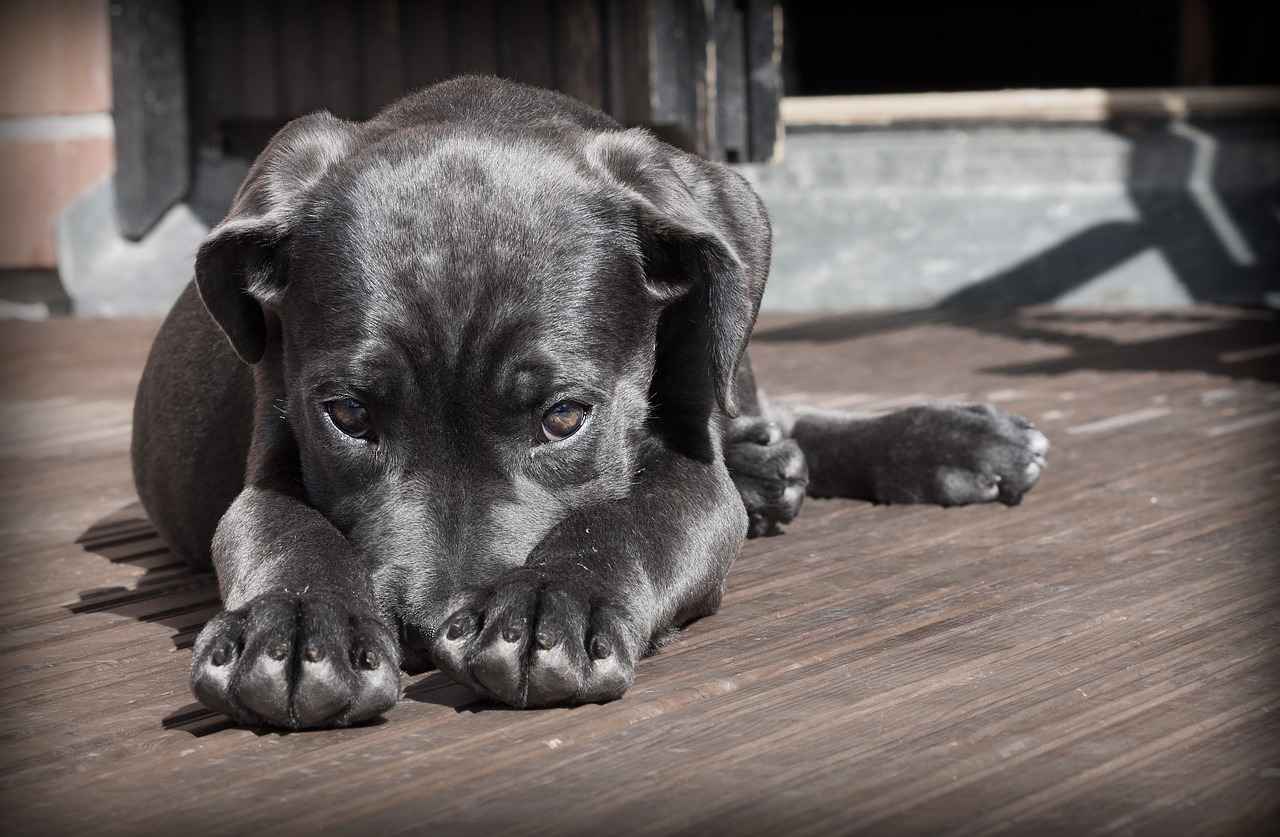
Maintaining Hygiene During Wound Care
is a fundamental aspect of ensuring that wounds heal properly and do not become infected. This is particularly important for dog bite wounds, which can be prone to complications if not treated with care. In this section, we will explore various practices that can help maintain hygiene and promote effective healing.
First and foremost, proper handwashing is essential. Before and after handling a wound, you should thoroughly wash your hands with soap and water for at least 20 seconds. If soap and water are not available, an alcohol-based hand sanitizer can be used as an alternative. This practice minimizes the risk of introducing harmful bacteria into the wound site.
| Step | Action |
|---|---|
| 1 | Wash hands with soap and water. |
| 2 | Gather sterile materials for wound care. |
| 3 | Clean the wound using saline or antiseptic. |
| 4 | Apply a sterile dressing carefully. |
Using sterile materials is equally important. Always opt for sterile dressings, gauze, and other supplies to cover the wound. These materials are designed to minimize the risk of infection and should be used for every dressing change. Avoid using non-sterile items, as they can introduce bacteria and delay the healing process.
Furthermore, it’s crucial to monitor the wound regularly. Look for signs of infection such as increased redness, swelling, or discharge. If any of these symptoms occur, it is vital to seek veterinary care immediately to address potential complications.
In conclusion, maintaining hygiene during wound care is not just a precaution; it is a necessity for promoting healing and preventing infections. By following proper handwashing techniques, using sterile materials, and monitoring the wound closely, you can significantly enhance the healing process and ensure a better outcome for dog bite wounds.
Cleaning Techniques for Dog Bite Wounds
When it comes to treating dog bite wounds, proper cleaning techniques are crucial to ensure effective healing and minimize the risk of infection. Understanding the right methods can significantly impact recovery and prevent complications.
First and foremost, it is essential to assess the severity of the wound. For minor wounds, cleaning with a saline solution is often sufficient. Saline, which is a mixture of salt and water, helps to gently cleanse the wound without causing irritation. To prepare a saline solution, dissolve 1 teaspoon of salt in 2 cups of distilled water. This solution can be used to rinse the wound, removing dirt and debris.
In cases where the wound appears more serious or shows signs of infection, using a mild antiseptic may be beneficial. Products containing chlorhexidine or iodine can be effective in reducing bacterial presence. However, it is important to dilute these antiseptics according to the manufacturer’s instructions to avoid further irritation or damage to the tissue.
Here are some key steps to follow when cleaning a dog bite wound:
- Wash your hands: Always start by washing your hands with soap and water or using hand sanitizer.
- Rinse the wound: Use the saline solution to gently rinse the wound, ensuring that all debris is removed.
- Apply antiseptic: If needed, apply a diluted antiseptic solution to the area using a clean cotton ball or gauze.
- Dress the wound: After cleaning, cover the wound with an appropriate dressing to protect it from further injury.
Monitoring the wound is equally important. Regularly check for any signs of infection, such as increased redness, swelling, or discharge. If any of these symptoms arise, seeking veterinary care is crucial to ensure proper treatment and prevent complications.
In conclusion, employing effective cleaning techniques for dog bite wounds is vital for promoting healing and preventing infections. By following these guidelines and maintaining proper hygiene, pet owners can contribute to their dog’s recovery and overall well-being.
Post-Care Monitoring of the Wound
is a critical aspect of ensuring that dog bite wounds heal effectively. After administering initial care, it is essential to maintain a vigilant approach in monitoring the wound’s condition. This practice not only aids in identifying signs of healing but also helps in detecting potential complications early on.
Regular checks on the wound should be conducted to observe any changes in its appearance. Look for signs such as:
- Redness around the edges, which may indicate inflammation.
- Swelling that persists or increases over time.
- Discharge, especially if it is yellow or green, which can signify infection.
- Increased pain or sensitivity when touching the area.
- Foul odor emanating from the wound, indicating possible necrosis or infection.
It is important to check the wound at least once a day, especially in the initial healing stages. During these checks, ensure that the dressing remains clean and securely in place. If the dressing becomes wet or soiled, it should be changed promptly to prevent further complications.
In addition to visual assessments, monitor the overall behavior of the dog. Changes in appetite, lethargy, or signs of distress can be indicators that the wound is not healing properly or that an infection may be developing.
If any concerning signs are observed, or if the wound shows no improvement within a few days, it is crucial to seek veterinary care. A professional can provide the necessary treatment and guidance to ensure the best outcome for the dog’s recovery.
In conclusion, diligent post-care monitoring is essential for the successful healing of dog bite wounds. By keeping a close eye on the wound and the dog’s behavior, pet owners can help ensure that their furry friends recover swiftly and without complications.

Conclusion: Ensuring Proper Healing of Dog Bite Wounds
In the realm of pet care, proper treatment of dog bite wounds is essential for ensuring the health and safety of both pets and their owners. Following best practices for dressing these wounds is not just a matter of aesthetics; it plays a crucial role in the healing process. Understanding how to care for these injuries can significantly reduce the risk of complications and promote faster recovery.
Dog bite wounds can be particularly tricky due to their varying severity. Infection is a common concern, and being vigilant about the signs is crucial. Look for symptoms such as redness, swelling, and discharge, which may indicate an infection that requires immediate veterinary attention. If you notice any increased pain or warmth around the wound, or if your pet develops a fever, these are additional signs that professional care is needed.
When it comes to first aid, administering the correct techniques can greatly influence the healing trajectory. Cleaning the wound with saline or mild antiseptics and applying an appropriate dressing can help prevent infections. It’s also important to monitor the wound regularly to ensure it is healing properly. If the wound does not improve or shows signs of worsening conditions, seeking veterinary care is vital.
In summary, the journey to healing dog bite wounds involves a combination of proper dressing techniques, vigilant monitoring for infection, and understanding when to seek professional help. By adhering to these best practices, pet owners can significantly improve the healing process and ensure the well-being of their furry companions. Remember, when in doubt, always consult with a veterinarian for guidance.
Frequently Asked Questions
- What should I do immediately after a dog bite?
First things first, clean the wound gently with soap and water. Apply a clean dressing to protect it. If the bleeding doesn’t stop, apply gentle pressure and seek veterinary care if necessary.
- How can I tell if my dog’s bite wound is infected?
Look out for symptoms like increased redness, swelling, warmth, or discharge. If your dog seems more painful than usual or develops a fever, it’s time to call the vet!
- When should I take my dog to the vet for a bite wound?
If the wound is deep, won’t stop bleeding, or shows signs of infection, don’t hesitate! Getting professional help can prevent serious complications.
- What types of dressings are best for dog bite wounds?
Gauze, hydrocolloid, and silicone dressings each have their benefits. Choosing the right one depends on the wound’s severity and healing stage.
- Can I clean my dog’s bite wound at home?
Yes, for minor wounds! Just make sure to use sterile materials and clean solutions. However, always monitor for signs of infection.
